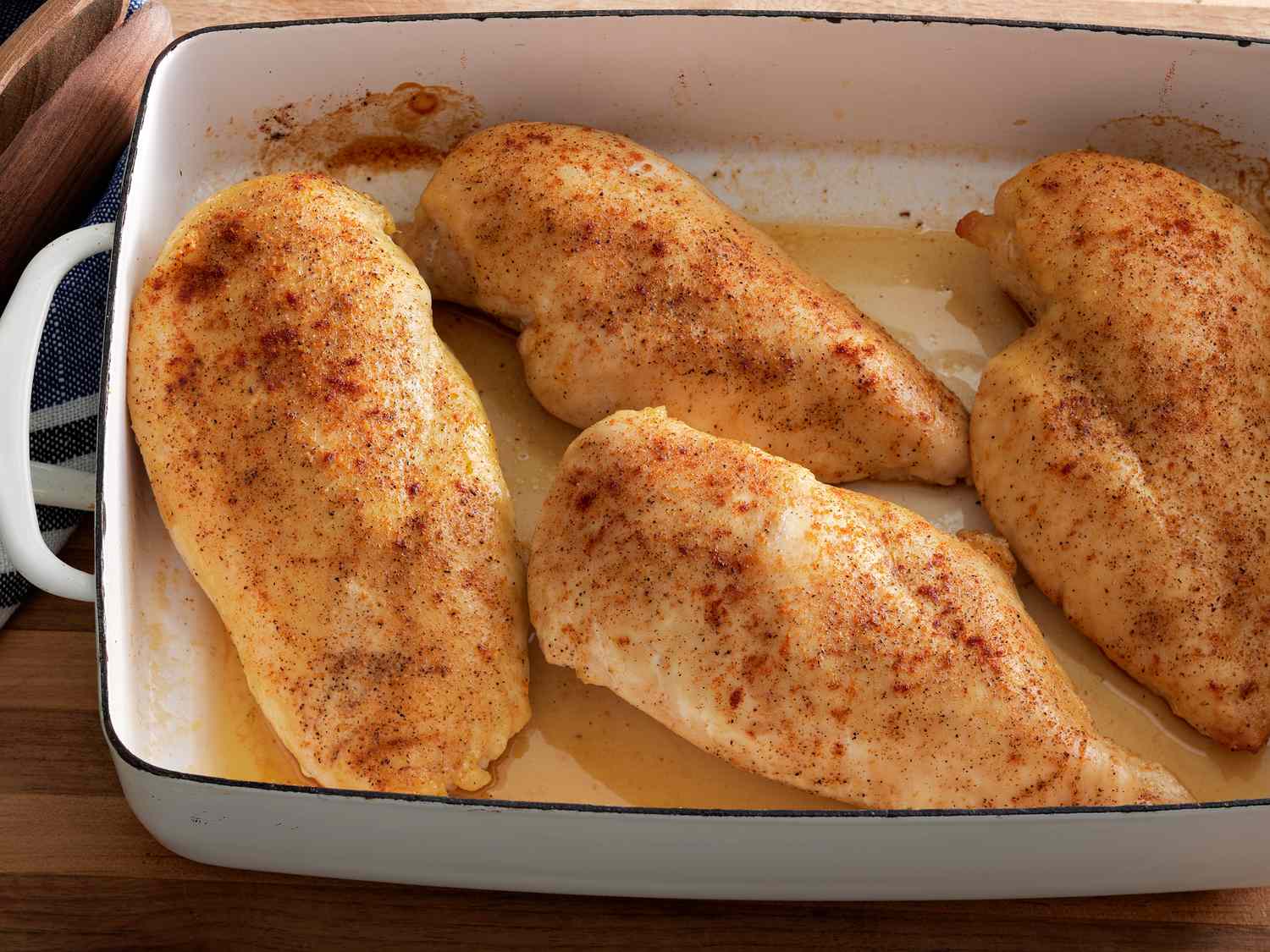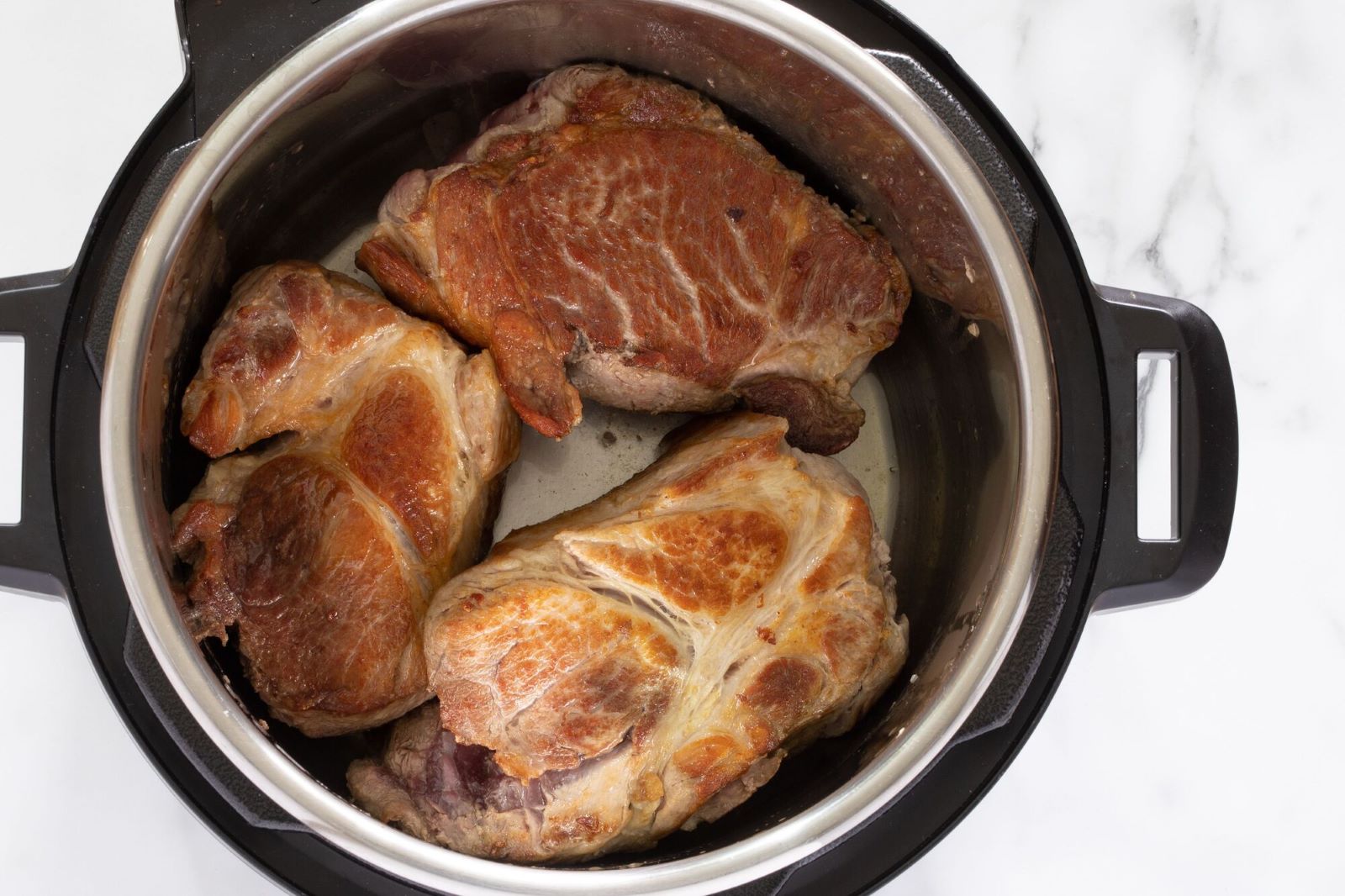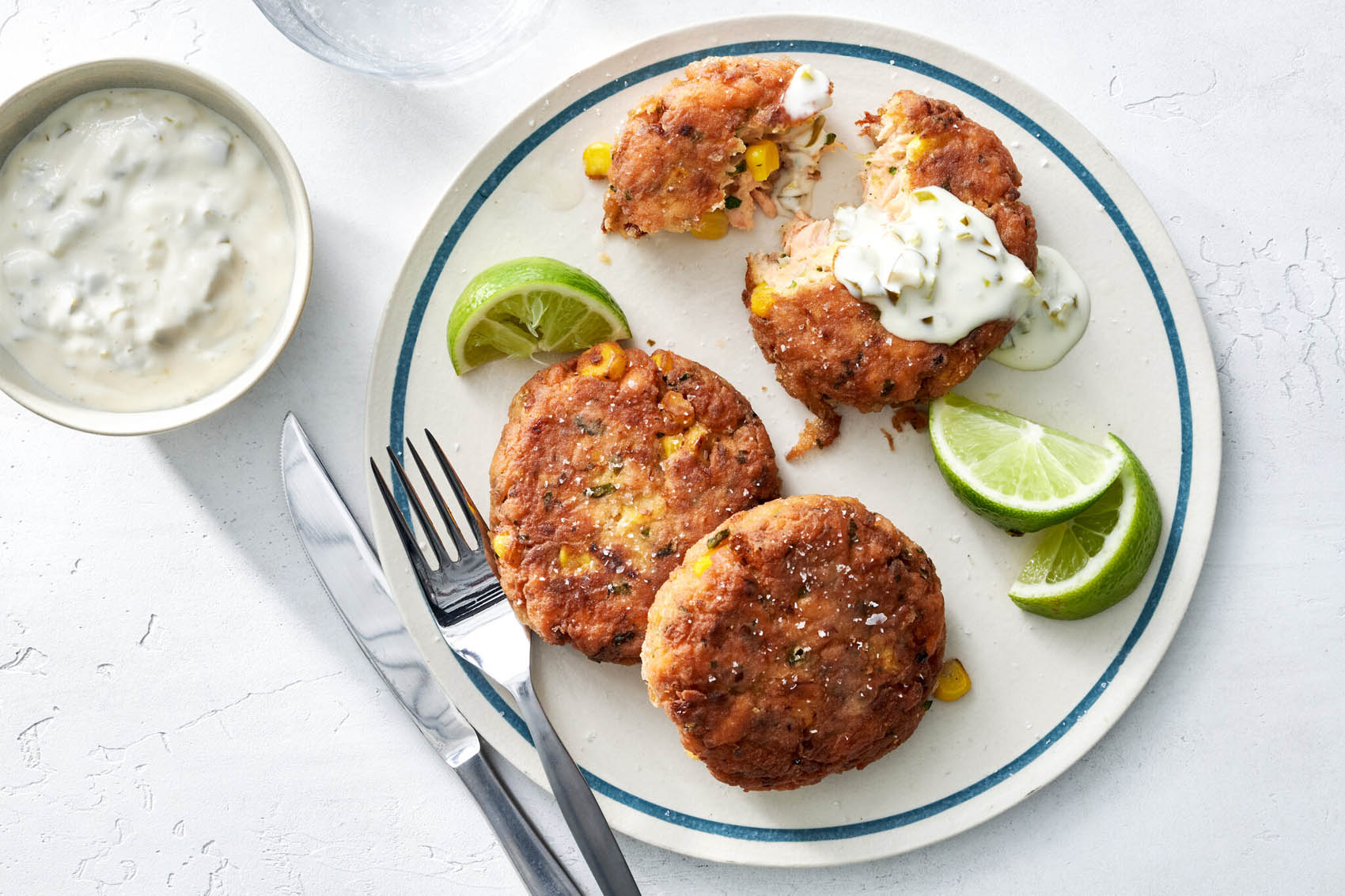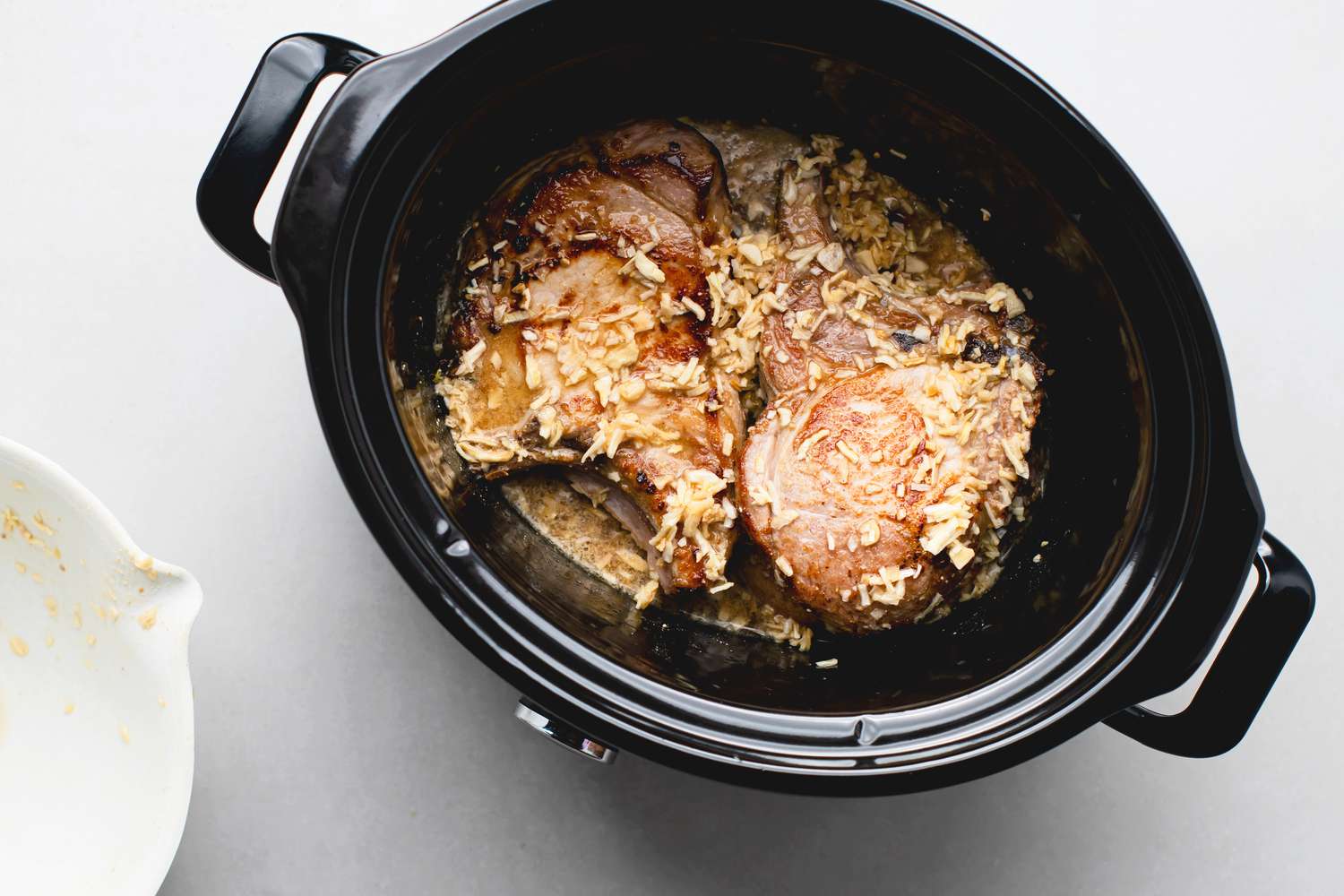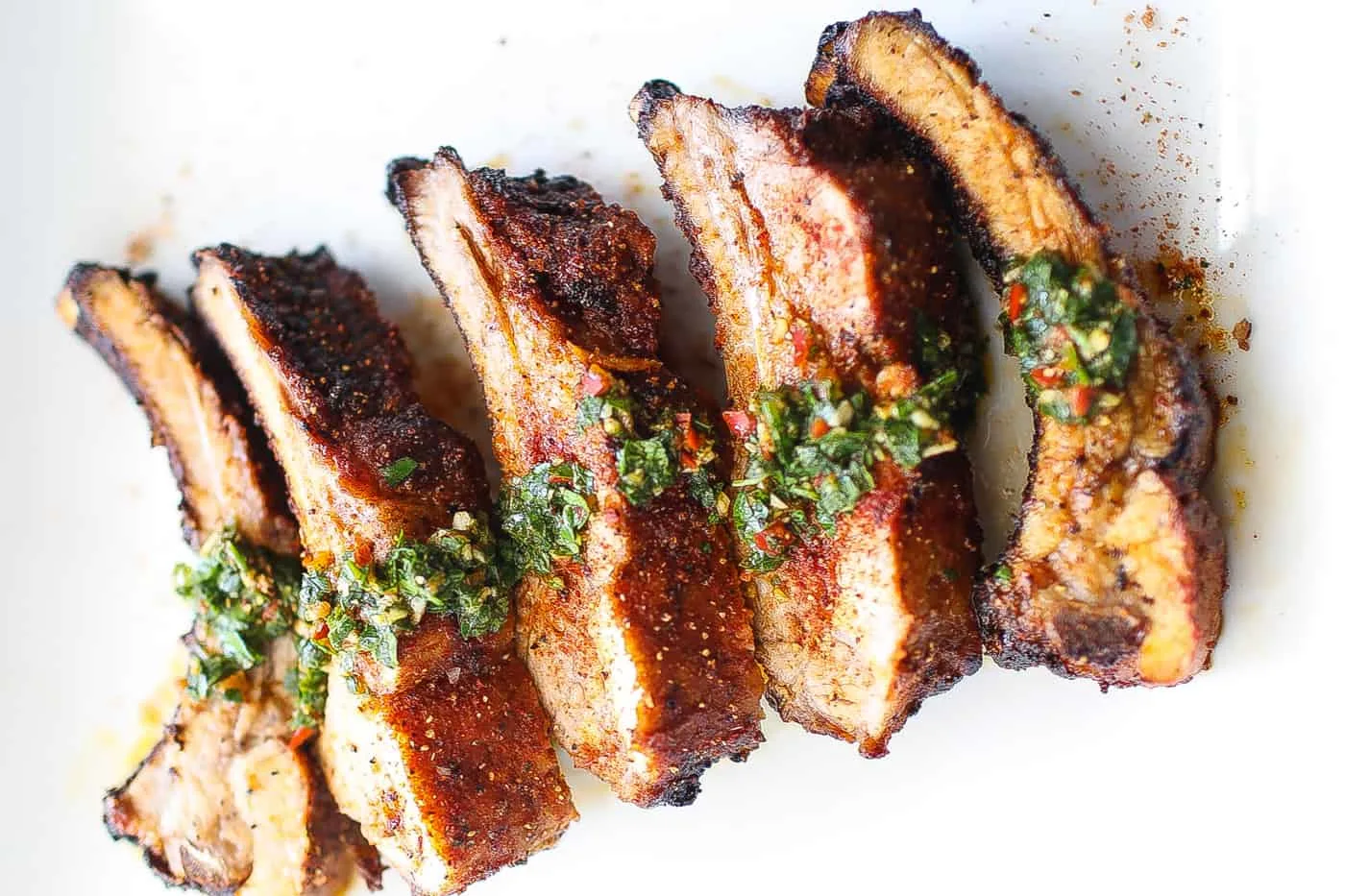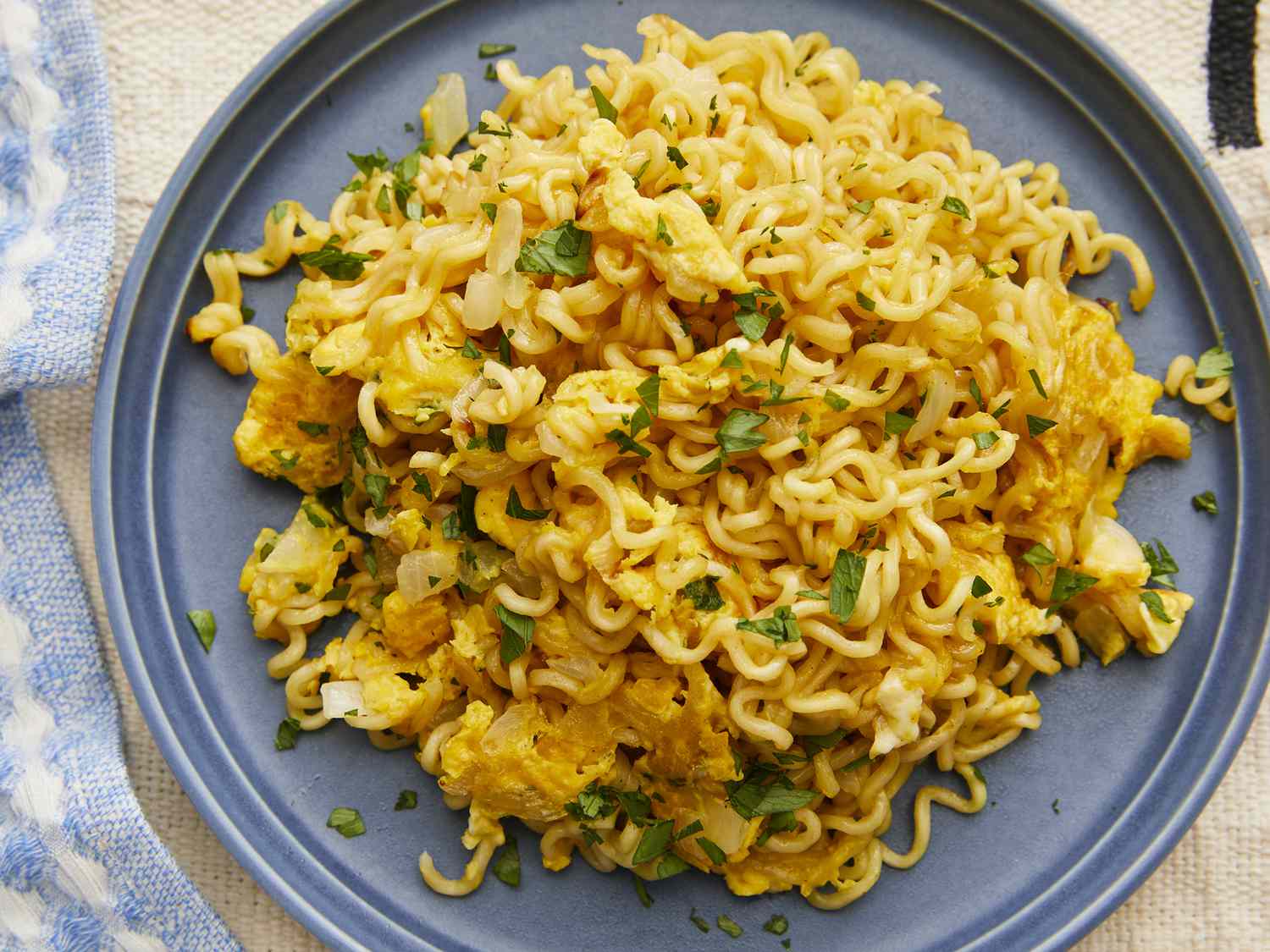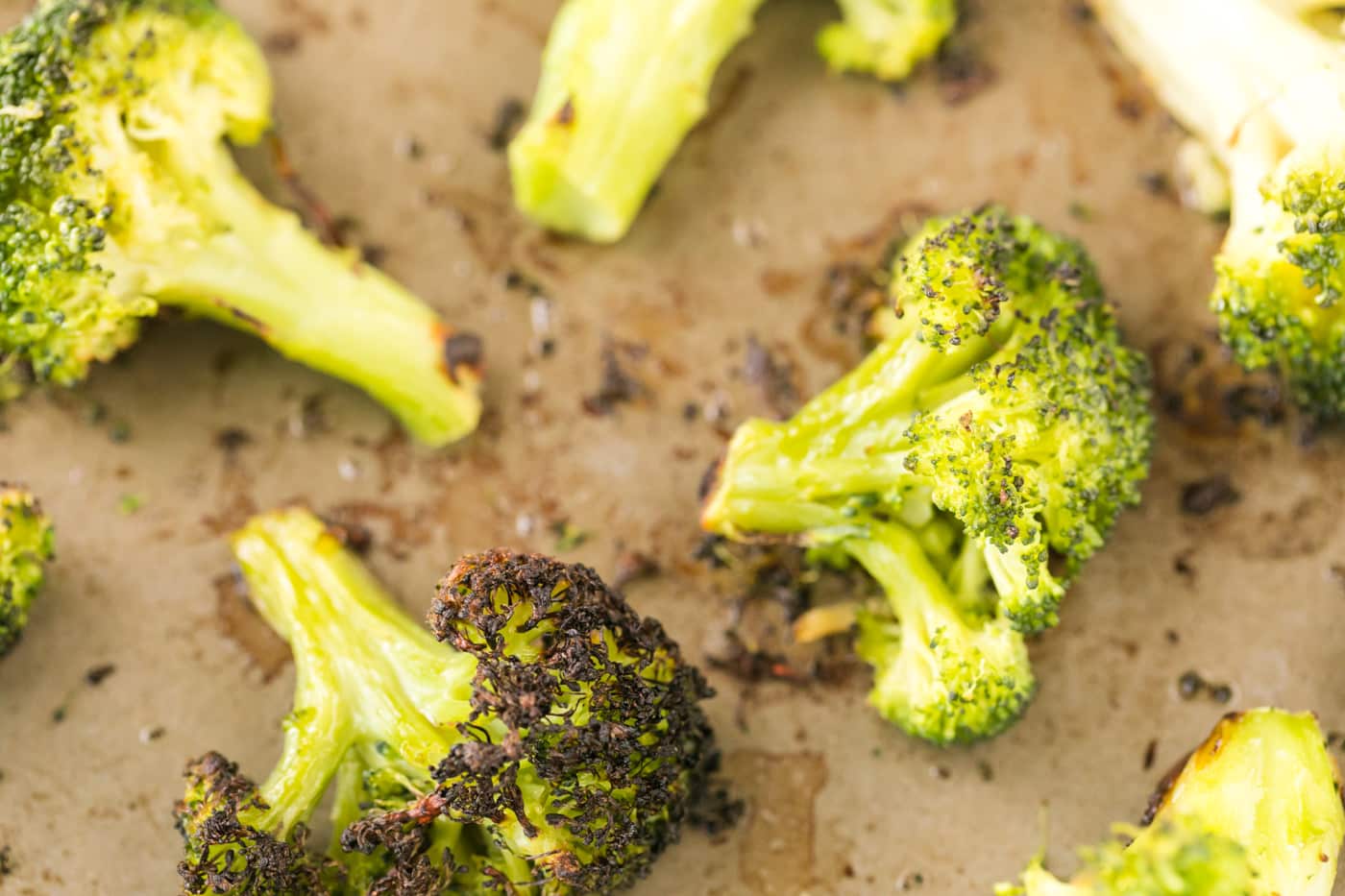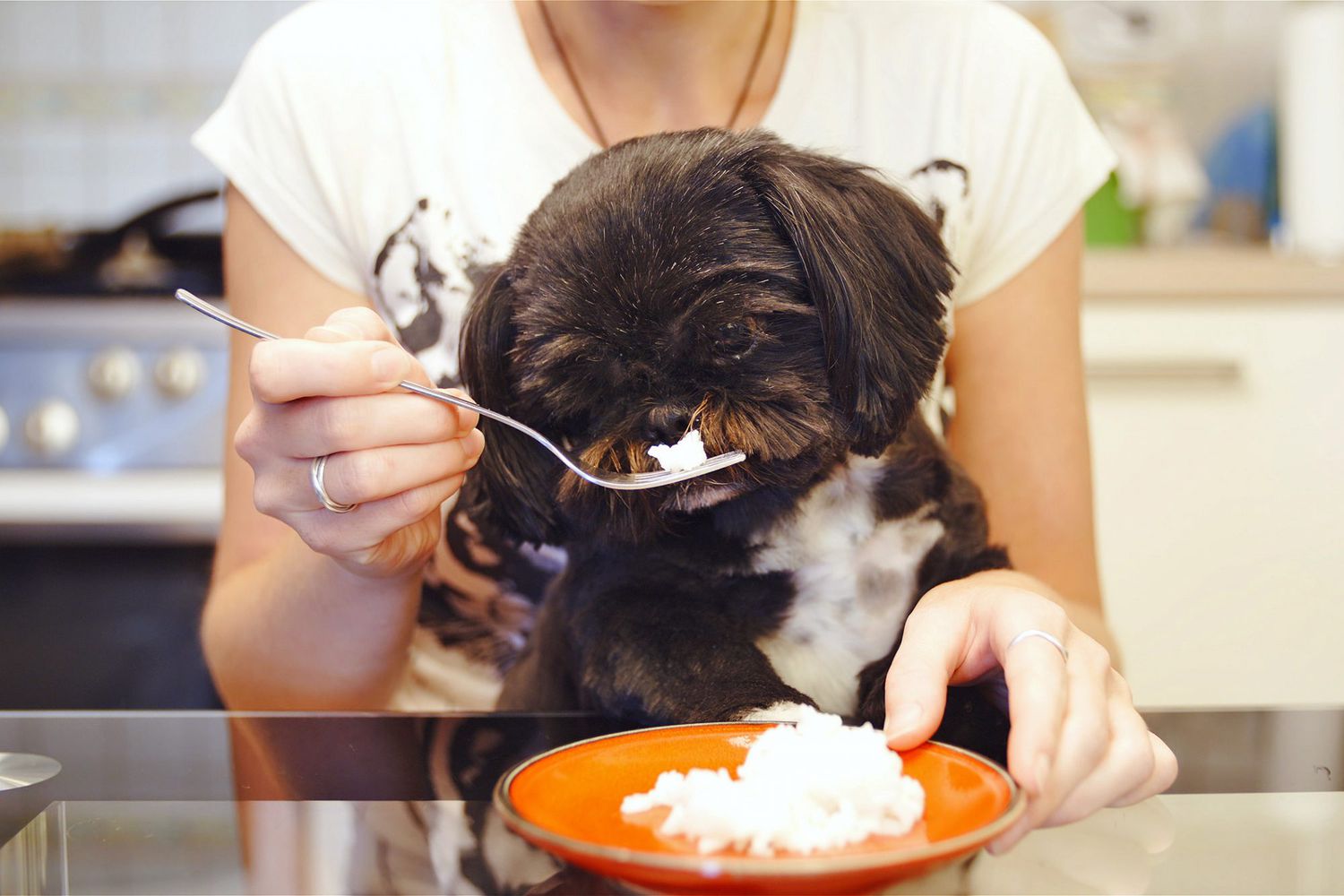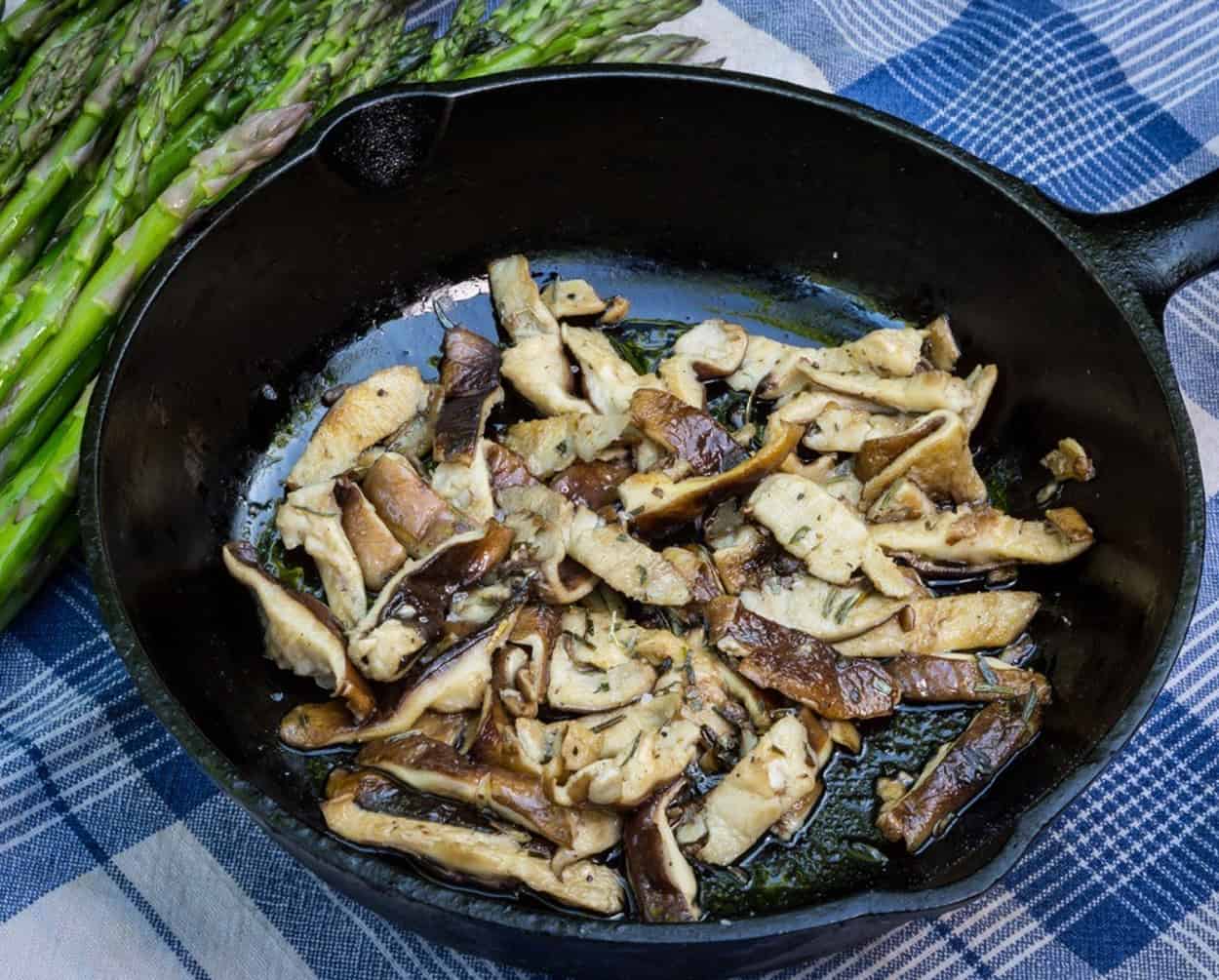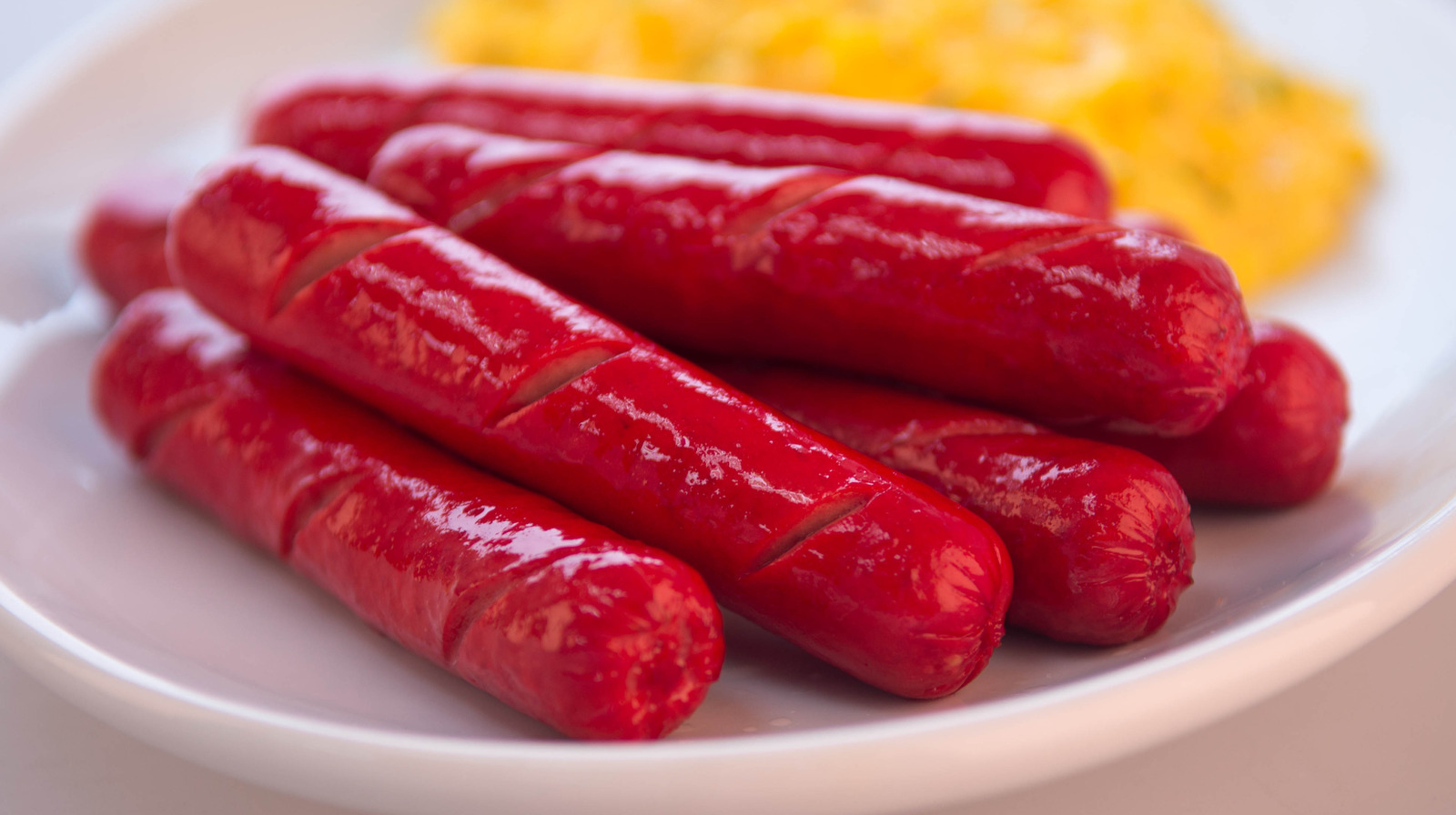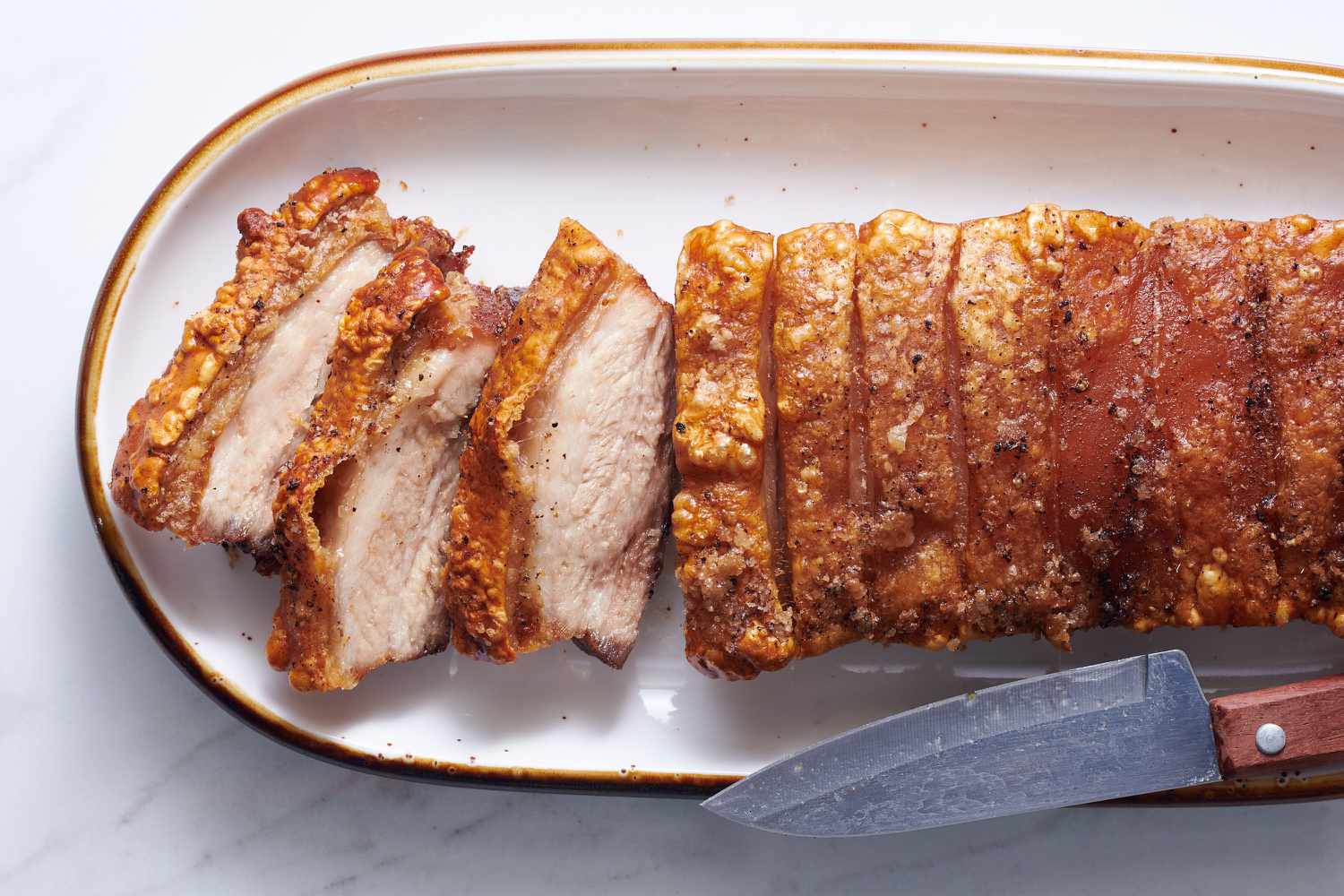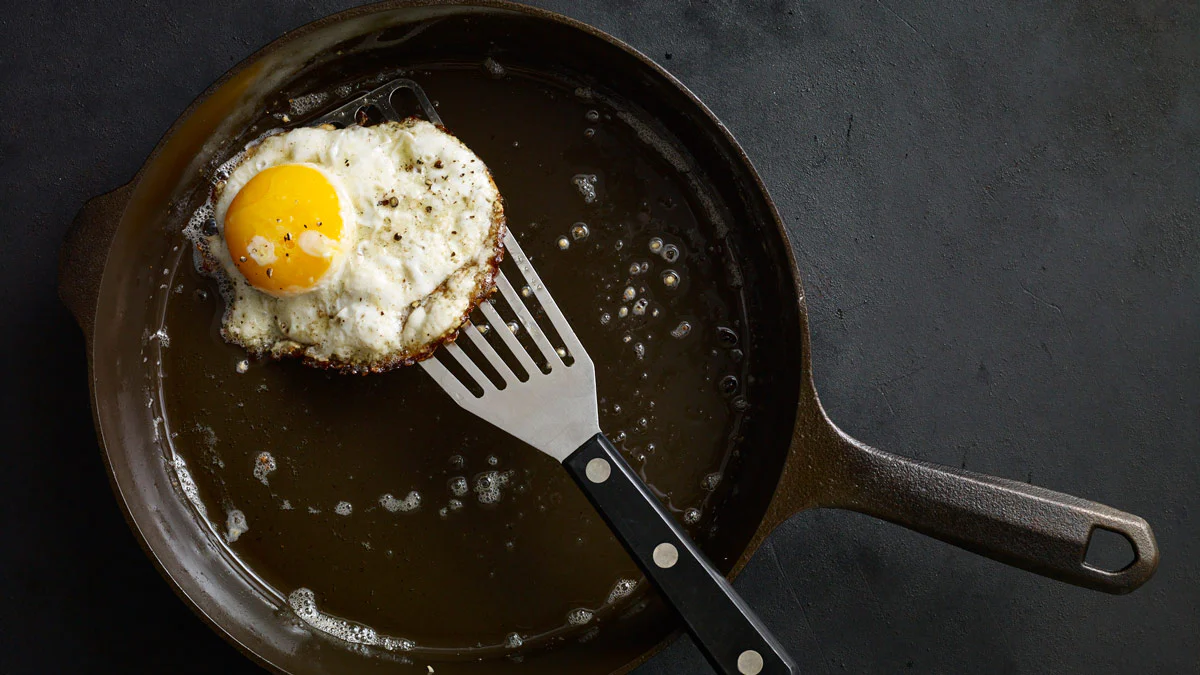Unlock the Secrets of Cooking Delicious Large Lobster Tails
Welcome to our culinary journey where we dive into the depths of creating a tantalizing seafood delight – large lobster tails. 🦞 Whether you’re a seasoned chef or a kitchen novice, we’ve got you covered with easy-to-follow steps to ensure your lobster tails are cooked to perfection.
So let’s get cracking and discover the secrets to a mouthwatering lobster experience!
Choosing the Perfect Large Lobster Tails
When it comes to selecting the best lobster tails, freshness is key. Look for bright, firm shells and avoid any that have an ammonia-like odor. Opting for larger lobster tails ensures you’ll have more succulent meat to enjoy. Aim for tails that are at least 8-10 ounces each to satisfy your craving.
Preparing the Lobster Tails
Before you start the cooking process, there are a few preparation steps to follow:
- Gently thaw the frozen lobster tails in the refrigerator overnight.
- Once thawed, use kitchen shears to carefully cut through the top shell of each tail, lengthwise.
- Gently pry open the shell, exposing the meat while still keeping it attached at the base.
The Classic: Steaming Large Lobster Tails
Steaming lobster tails is a foolproof way to preserve their natural flavors while keeping the meat tender and juicy. Here’s how you can master this cooking method:
- Fill a pot with a few inches of water and bring it to a rolling boil.
- Place a steamer basket or a rack inside the pot to elevate the lobster tails above the water.
- Add a sprinkle of salt and your favorite herbs or spices to the water for extra flavor.
- Carefully place the lobster tails in the steamer basket with the shell side down.
- Cover the pot and allow the lobster tails to steam for about 8-10 minutes per 1 pound of tails.
- Once the shells turn vibrant red and the meat is opaque, your succulent steamed lobster tails are ready to be savored!
Grilling: Elevate the Flavors of Large Lobster Tails
If you’re looking to add a smoky, charred deliciousness to your lobster tails, firing up the grill is the way to go:
- Preheat your grill to medium-high heat.
- Brush the lobster tails with melted butter or your preferred marinade.
- Place the tails on the grill, shell side down.
- Cook for about 5-7 minutes, then carefully flip the tails and continue grilling for another 4-6 minutes.
- Remove the lobster tails from the grill when the meat is opaque and slightly firm to the touch.
- Get ready to savor the irresistible grilled flavors and serve your masterpiece hot off the grill!
Baking: A Delicate Approach to Large Lobster Tails
Baking lobster tails provides a delicate and evenly cooked result. Follow these steps to create a dish that will impress:
- Preheat your oven to 425°F (220°C).
- Place the prepared lobster tails on a baking sheet.
- Brush the tails with melted butter, garlic, and a squeeze of fresh lemon juice.
- Bake for approximately 12-15 minutes, until the meat is opaque and tender.
- Remove from the oven and allow the lobster tails to rest for a few minutes before serving.
- Get ready to indulge in the delightful flavors and delicate texture of your oven-baked lobster tails!
Enjoying Your Large Lobster Tails
Now that you’ve learned how to cook large lobster tails using different methods, it’s time to enjoy the fruits of your labor. Serve your delectable lobster tails with melted butter, lemon wedges, and your favorite sides like a fresh salad or buttery corn on the cob.
Remember, cooking lobster tails is a true labor of love, and the end result is a luxurious and unforgettable dining experience. So go ahead, put on your apron, and let the lobster feast begin!
Bon appétit! 🍽️
Was this page helpful?
Read Next: How To Cook Pot Roast In A Pressure Cooker
